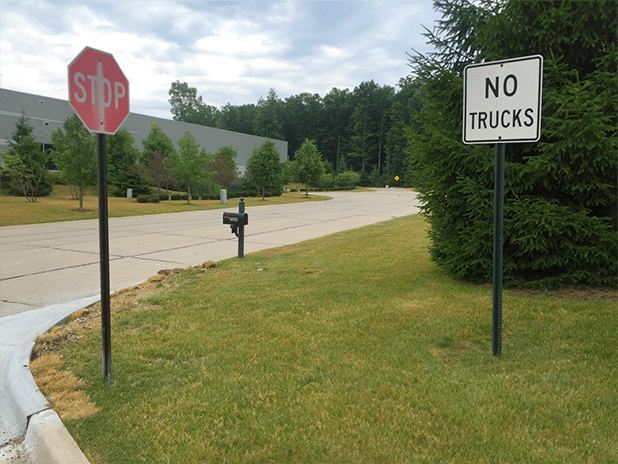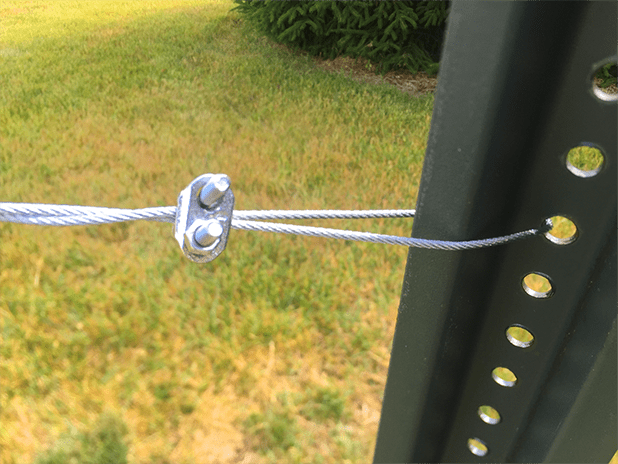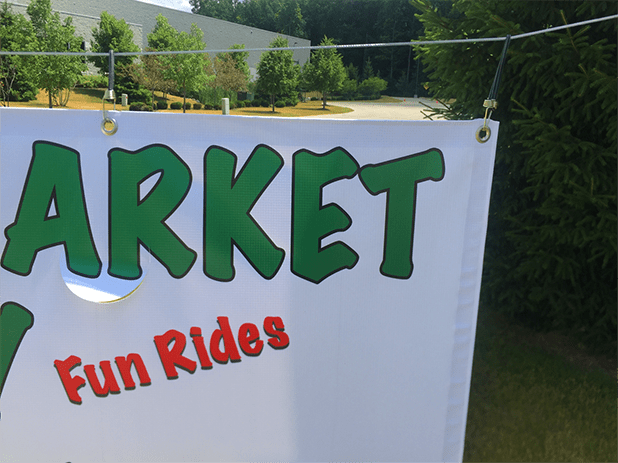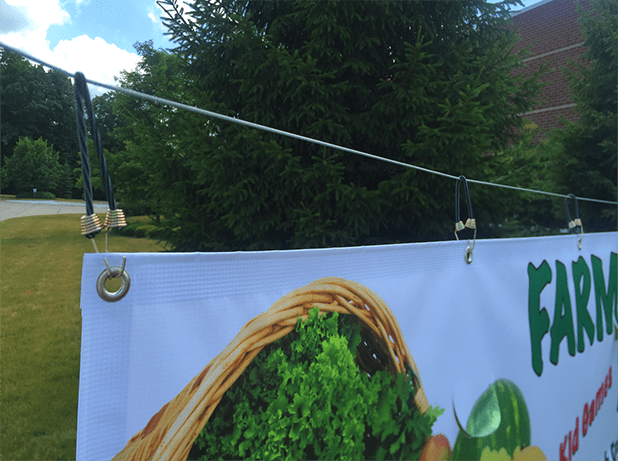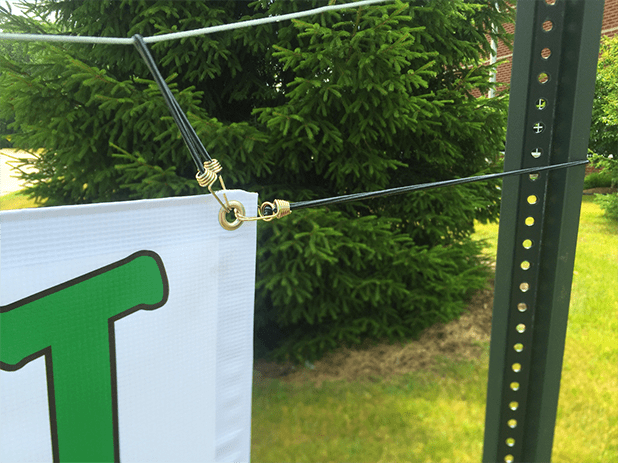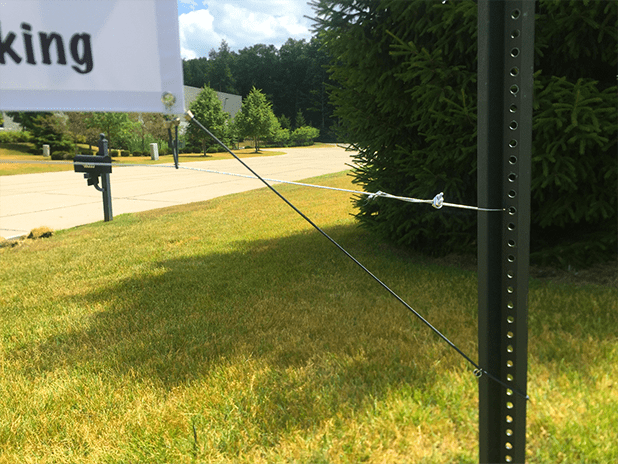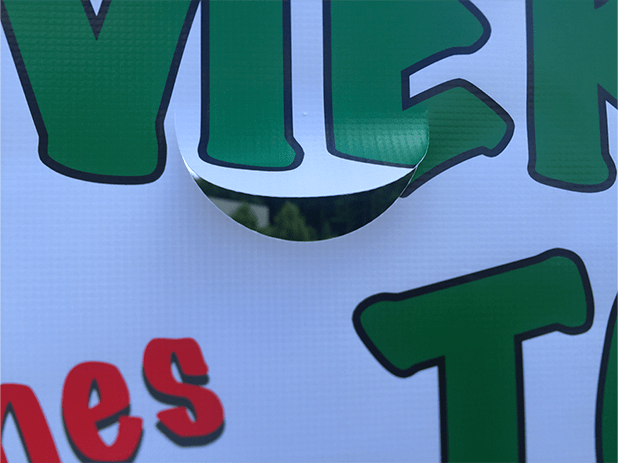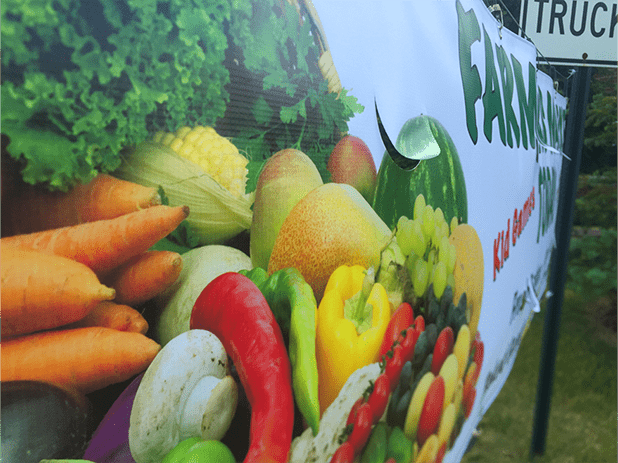Over the Road Banners
Suspending banners over roadways requires careful consideration of the restrictions and standards that are set forth by most local governments. Over road banners usually require extra hardware and reinforcements to make them safe enough for pole to pole installations. Almost all over road banners will need city or county approval and it is best to check with your respective city for their specific requirements regarding this type of banner before ordering. These banners can be single or double-sided and printed at any size necessary on various weights of vinyl banner material.
- Double-sided over road banners - we use our 18oz. heavy weight vinyl. This is a rugged and durable blockout banner material that is specifically designed for optimal strength and ideal for outdoor installations, even in harsh weather conditions. This 1000 x 1000 denier media is the right solution for long-term displays in all types of stressful environments.
- Single-sided over road banners - our 8oz. mesh vinyl material provides high image quality with fine details while remaining a great solution for windy locations which may cause traditional banners to tear. This perforated material allows air to flow through it, creating a perfect solution for long-term displays in high wind regions.
For any type of event that will benefit from the maximum amount of exposure possible, suspending a banner over the street is a great way to advertise. Over road banners are viewed at a much higher percentage rate than a vinyl banner along side the street. Most communities allow over the street banners with a permit, however, because of liability issues, over road banners need to be made properly and usually have certain requirements necessary for approval.


